Original Publication: Oui, April, 1973
Darling, is the scene at St. Tropez too cluttered with monokinis to see the sand? Was the Aga cool the last time you tried to book Sardinia? Was Acapulco blurred into one gigantic gold-and-rhinestone wedgie? Is that what travel’s become to you, Bunkee? Then search no more. Imagine 1750 miles of warm and soft Caribbean coastline, wild jungle waterfalls, hallucinogenic mushrooms high in the Andes. Break the eat-sleep-swim-screw syndrome . . . Exert yourself and try Venezuela.
First, Caracas, where the ambience is more L.A. than Latin. Superfreeways guide you from Maiquetía, the airport by the sea, to any one of half a dozen centros. (Like Los Angeles, there’s no real downtown.) The city sprawls over a narrow valley hemmed in by mountains that form a natural barricade to the Caribeean beyond. Once in town, you find anything pre-Twenties, pre-oil boom subject to the wrecking ball. Deluxe hotels well up right next to tumble-down residencias; hundreds of thousands of miserable ranchos ring the hills above in stark contrast. Chacahito, the newest shopping center, boasts King’s Road, Carnaby Street, Le Drugstore, Cardin, Jourdan, St. Laurent. In Caracas, nouveau is nice.
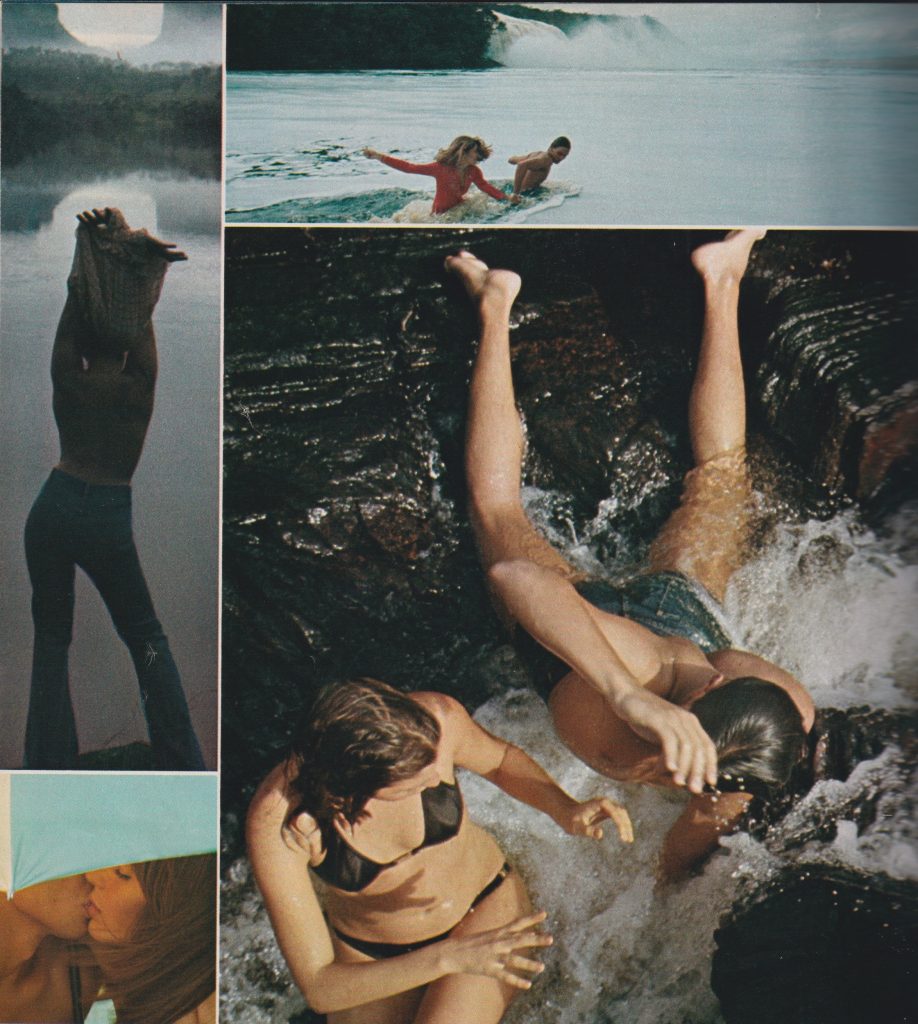
“Here is a private club,” explains Cesar Acosta. He means La Lechuga (Lettuce), his deluxe disco, where throngs of young ritzies pay to boogie sedately on the stainless steel floor. “Of course,” Cesar exclaims, “if someone is nice peoples, they can come in!” Then he throws his head back and laughs, careful not to disturb the armlock of a lissome blond. “Venezuela is very rich, you know. We don’t need tourists.” This is exactly the sort of remark that drives the Venezuelan government up the wall. After all, the three and a half million barrels of oil a day responsible for lubricating the country’s economy will probably run dry in 10 to 15 years, and something will have to take their place. Perhaps some well-oiled tourists.
“Who cares when the oil goes?” asks Cesar. “We have the world’s largest deposit of iron ore and diamonds, minerals, and gold. Anyone can be rich here.” Cesar’s proof is La Carlota, the largest private airport in the world, right in the middle of Caracas, where 400 private planes – Beechcraft, Cherokees, Cessnas, and Lears – are neatly spread out in hangars, like cars in a vast parking lot, waiting to whisk their owners to islands in the Caribbean, cattle ranches in the jungle, or diamond mines in dirty little towns where Cokes cost a dollar and frontier justice still prevails.
Because Venezuela’s wealth is young, it’s not hard to be a high roller here, at least not for a week or so. True, Caracas is expensive when compared to the rest of Latin America, but it’s not outrageous to anyone who knows Hawaii, Miami, or the Bahamas. Outside Caracas, the prices aren’t bad at all. Neither is the jet fare. Rountrip rates for 17-day excursions include New York-Caracas (five and a half hours), $250; Los Angeles-Caracas (eight hours), $434. There’s also a five-hour flight from New Orleans for $291. But the biggest bargain by far is the $80, get-to-know-Venezuela air pass. It must be bought in the U.S. and is good for 17 days of unlimited air travel within the country, including jet fare to Margarita, Venezuela’s highly popular island off the Caribbean. The air pass is ideal if you like to move around a lot or are interested in exploring the out-of-the-way jungles, mountains, or plains that still remain largely unspoiled. Unspoiled in this case means primitive, with conditions to match. But if you’d rather wait before indulging your Frank Buck fantasies, get to know Caracas, “the city of eternal spring.”
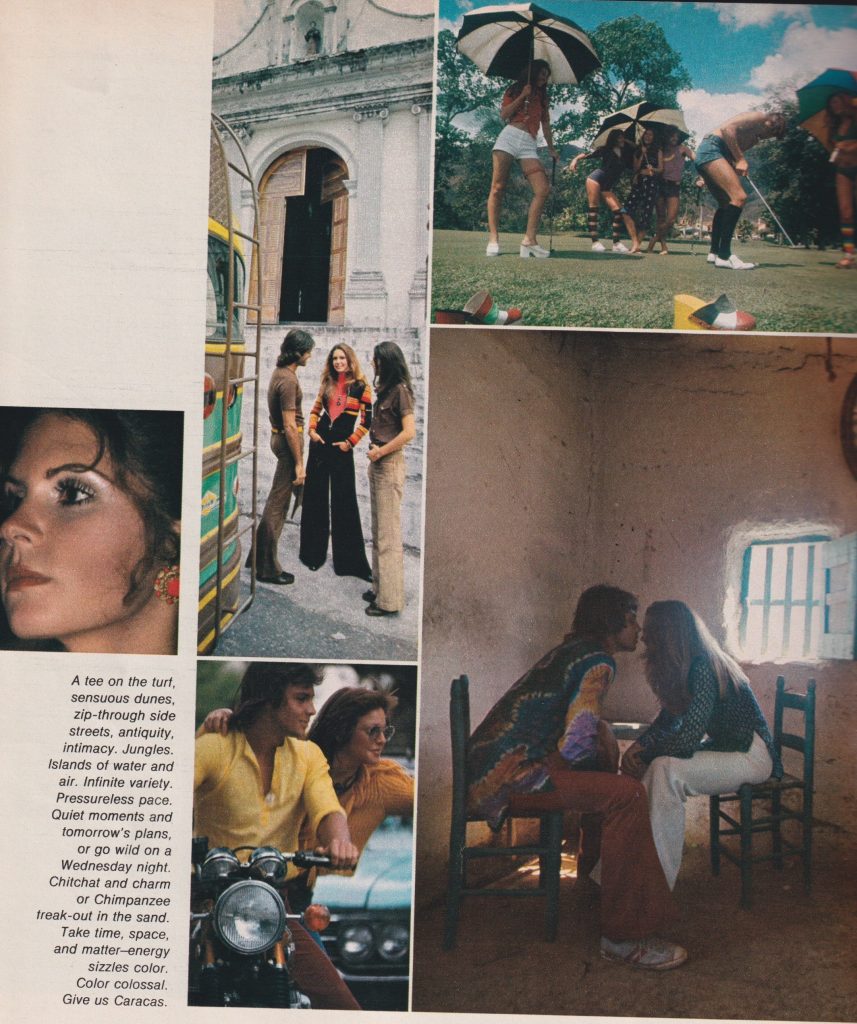
Choose a suitable hotel. Miss Universe stays at the Avila (beauty contests are very big in Venezuela), a chic place to hang out. It’s gracious old colonial, set in a garden atmosphere. Rates here, as at other deluxe Caracas hotels, begin at $19 for a single and $24 for a double. Not to be missed is the Avila’s Sunday brunch, a food feast of epic proportions served on the terrace and accompanied by a live band. It’s all ice sculpture and red roses, the buffet bigger than the biggest bar mitzvah – octopus salad, giant shrimp, mangoes cut like flowers with cherry centers, chicken en croute, whitefish stuffed with ham, plus several other entrees. For dessert, watermelon, papaya, mangoes, and dozens of delicious pastries. Stuff yourself on seconds and thirds for less than four dollars. Stay here if you can get emotional gratification from food, are really in love, or would much rather be indoors than out.
There’s more action at the Tamanaco, also very deluxe, where the enormous pool is Caracas’s most fashionable and best pick-up place on weekends. Drugstore playboys adept at introductions hang out near the ping-pong table or eye bikinis while sipping rum punch under the thatched kiosk. To make contact, all a foreign woman has to do is stand in the light and be ready to respond in English or French. Men have it tougher, and knowing a little Spanish is a definite help. Althought customs are changing rapidly – seductive señoritas now smoke dope and go out unescorted – a typical Caraqueña’s idea of being far out is not to live with her family.
If you get bored with hotel life, rent a private plane to explore Los Roques, a string of tiny coral islands in the Caribbean about 45 minutes flying time from Caracas. Call the Aereoclub at La Carlota to rent a plane with pilot, or fly yourself. For $50 an hour you can rent a Cessna 182, good for ménage a trois plus pilot. One hundred dollars an hour gets you an eight-passenger (including pilot) twin-engine Beechcraft. Prices charged are for flying time only and are subject to bargaining according to pilot.
The real excitement and adventure in Venezuela begins when you fly much less elegantly, in a serviceable old Avensa Airlines DC3, and go deep into the jungle to see Canaima, the region of Angel Falls. With a drop of 3212 feet, the world’s longest waterfall is set in a narrow canyon amid sheer slate mesas of the darkest green and gray, which are often shrouded in mist, making the area look like an eerie jungle Grand Canyon. It’s an unforgettable sight.
About 15 minutes from the falls, you land at Canaima, a rustic resort on the Caroní River with smaller but still beautiful falls. Here you can swim in a maroon lagoon and lie on pink sand – the color comes from natural tannic acid in the water. Most people spend the day at Canaima and fly back to Caracas at night, but it’s more fun to stay longer.

A word to the wise on getting to Canaima. It is only 388 miles from Caracas, but flying Avensa with numerous unscheduled stops can take you as long as five hours. While it’s interesting country to fly over, five hours is ridiculous. Demand to know how many stops they “think” they’ll make along the way, and don’t know yourself out to get to the airport at 7 A.M. as you’re told to do. The plane rarely takes off before 8:30.
If you thrive on risks and dares, try driving in Venezuela. (Nobody in Caracas signals to change lanes or stops for red lights.) Rent a VW (American cars won’t make it) and head east past Macuto Beach, through Los Caracas. The road along the Caribbean is great for discovering solitary beaches.
Or, if you’d rather get it on in the Andes, fly high to Mérida, an old colonial city where magic mushrooms grow. They’re white and encased in cow paddies. Chew at least 15 for a nice long trip. If you want to take it even higher, get the Mérida cable car, which goes 16,000 feet above sea level. It’s the highest in the world. In Venezuela, it’s the extremes that count.
Photos by: Franco Rubartelli
This article is typed from the original material. Please excuse any errors that have escaped final proofreading.

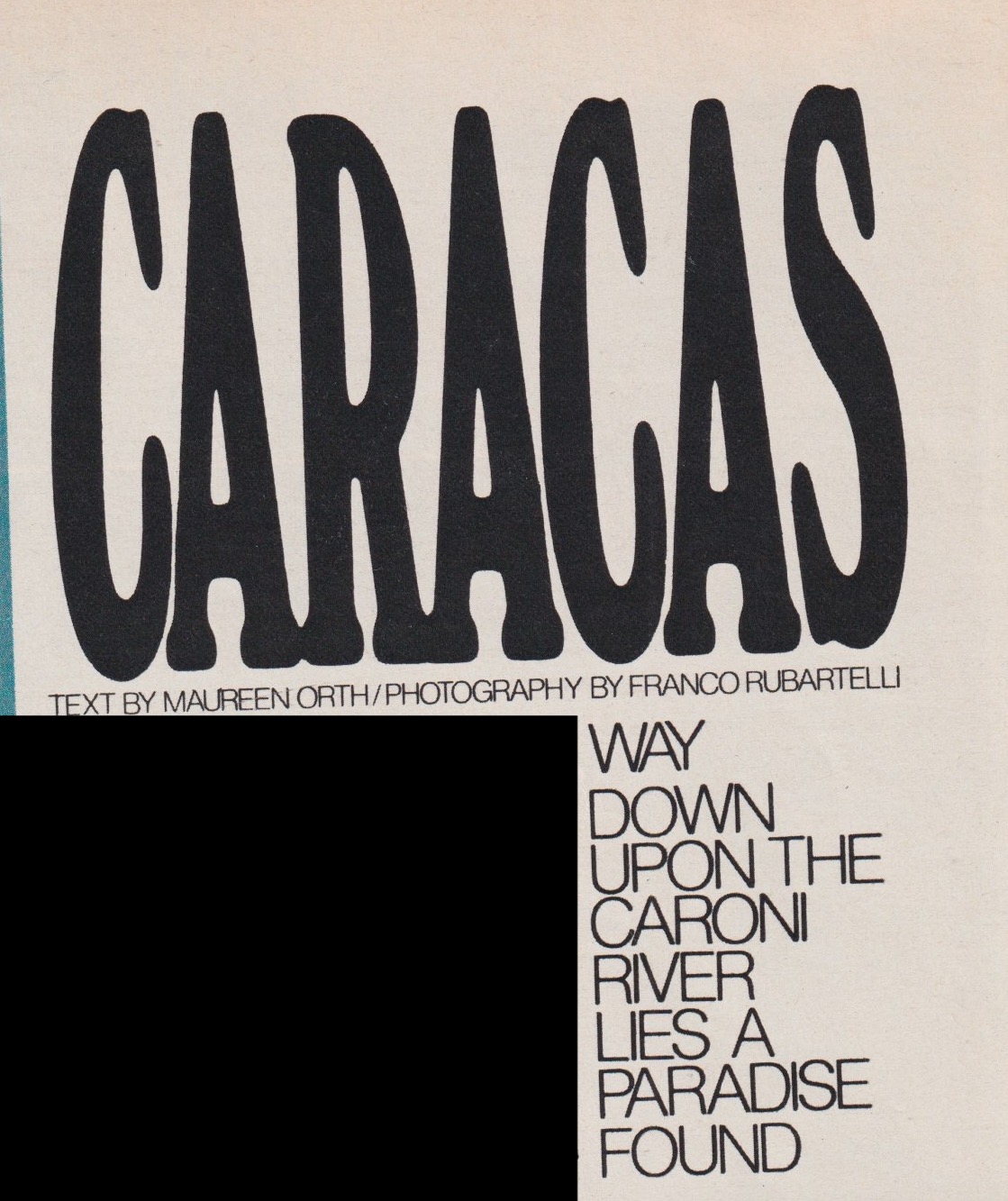
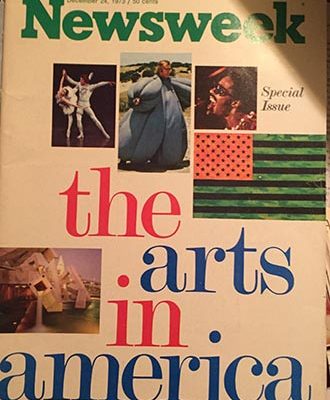
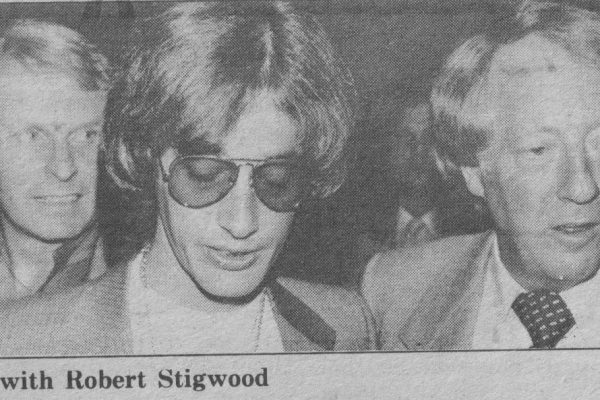
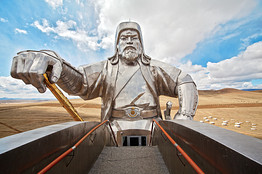
No Comments